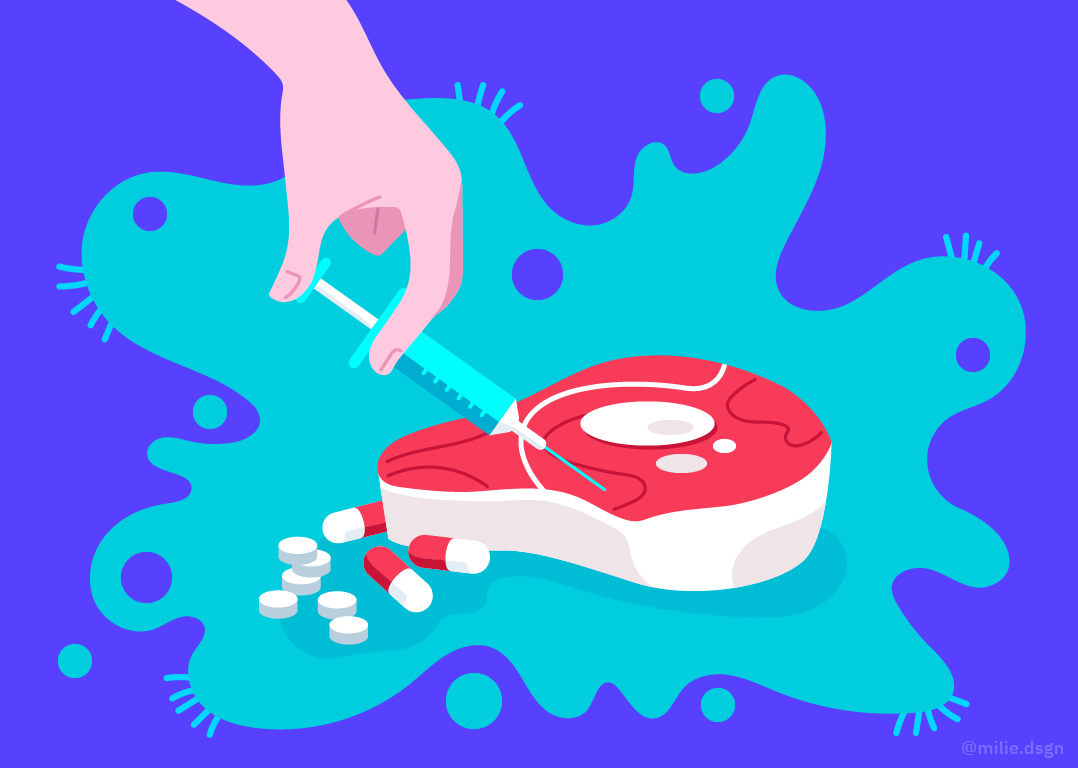Antimicrobial resistance (AMR) occurs when microorganisms, ranging from parasites to viruses, develop resistance to antimicrobial drugs, over time. These microorganisms are often referred to as superbugs. AMR is a product of genetic change over time, however the risk is increased by the overuse of antimicrobials, such as when an antibiotic is mis-prescribed to treat a viral infection. AMR poses a clear threat on our health system as it increases the risks in situations where patients are at an increased risk of infection such as general surgery, organ transplant and diabetes [1]. This also clearly increases the risk of the superbug being spread to others and as such can contribute towards the occurrence of another pandemic [2]. Even without the occurrence of a pandemic this increases the number of patients needing treatment as well as the length of it which is a huge burden on our health system. One person dies every minute due to a drug resistant infection, a number which will rise if not tackled now. Furthermore there will be an increased global health expenditure of 6 trillion USD every year by 2050 due to AMR [3].
An increased global health expenditure of 6 trillion USD every year by 2050 due to AMR
Over-prescription by medical professionals is a huge threat here, which is only increased by the selling of such drugs over-the-counter. This increases the risk of AMR as bacteria are more likely to develop resistance to antibiotics when often exposed to them. Although a big reason, over-prescription is only one factor here. The overuse of antibiotics and antimicrobials in general is more than just a human issue. A big cause of the acceleration of AMR is the use of it in farm animals and crops to decrease the risk of disease spreading within livestock [4]. Not only does this risk human lives, it also risks animal lives. Furthermore, it proves to be an economic threat to many farming households worldwide as it will increase the death of farm animals as well as the cost of their treatments [3].
There are multiple ways to reduce the risks posed by AMR. In addition to advocacy efforts such as campaigns, one obvious one being to improve sanitation to prevent the spread of a superbug. Improvement in the rate of diagnostics is also required to avoid the mis-prescription of antimicrobials. Medical professionals need to reduce the amount of antimicrobial prescription, only prescribing where necessary. The support of the general public comes in vital here, as pushing health professionals to prescribe antibiotics is dangerous in the long term as well as short term [5]. Workers in the farming industry are also responsible to keep their environment clean, by storing food sanitarily and providing their animals with a clean and safe space [3]. Finally, on a governance level, stricter regulations, legislation and policies around the use of antimicrobials is required urgently to reduce over-prescription as well as the over-the-counter sale of such drugs [4].
References
[1] https://www.who.int/news-room/fact-sheets/detail/antimicrobial-resistance
[2] http://doi.org/10.1186/s13690-017-0223-7
[3] http://www.fao.org/news/story/en/item/1169879/icode/
[4] http://www.fao.org/antimicrobial-resistance/background/what-is-it/en/
{5] https://fems-microbiology.org/one-health-10-ways-to-tackle-antibiotic-resistance/


